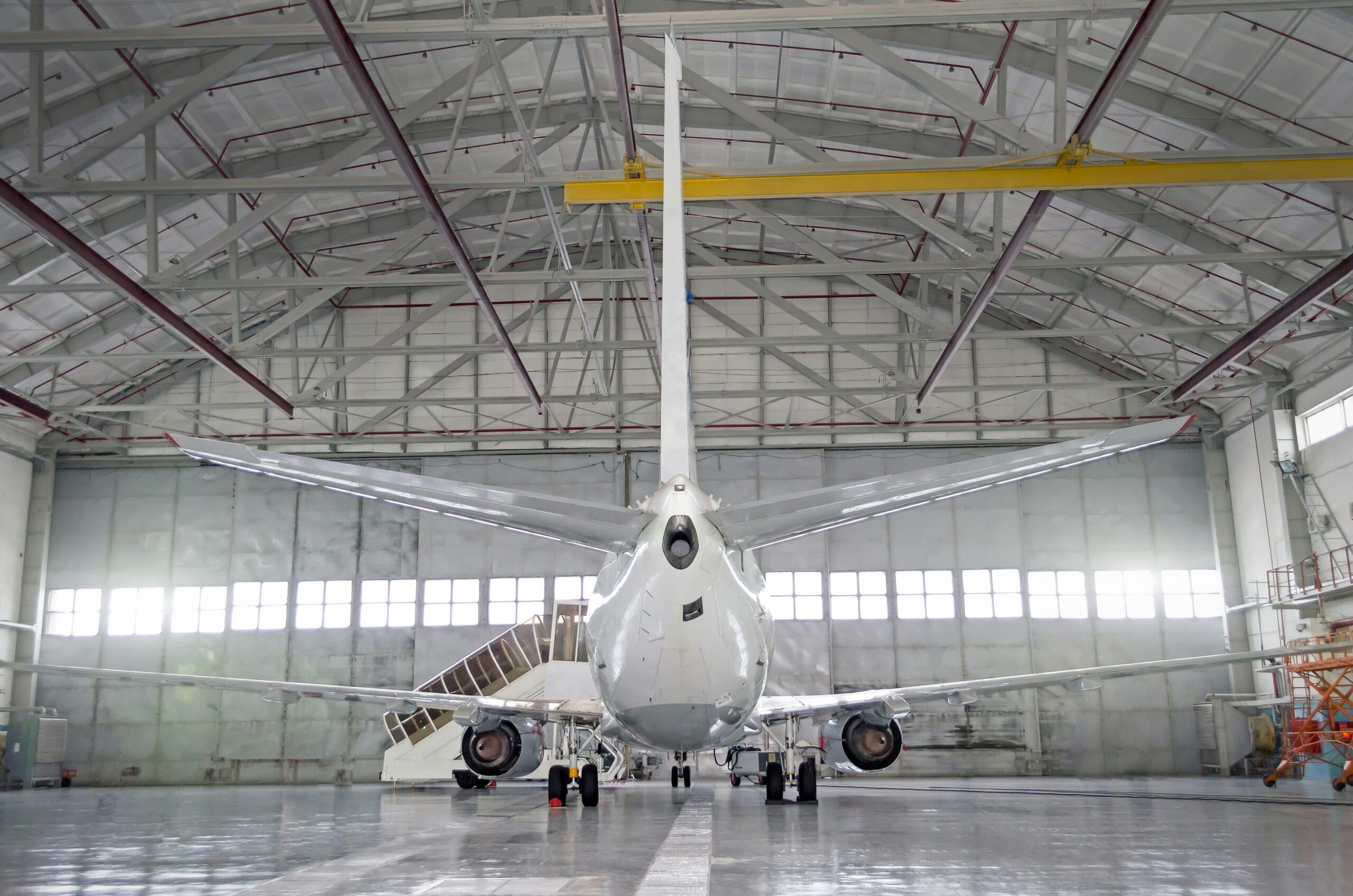
Business aviation is evolving rapidly, with technological advancements continually reshaping the landscape of private air travel. From enhanced aircraft designs to cutting-edge software solutions, the latest innovations make flying more efficient, comfortable, and sustainable. This article will explore some key technological advancements revolutionizing business aviation today.
Electric and Hybrid Propulsion Systems
One of the most exciting developments is the push for electric and hybrid propulsion systems. Traditionally, aircraft rely on jet engines fueled by aviation gasoline or kerosene. However, with growing concerns over environmental impact and the need for more sustainable practices, manufacturers are developing electric and hybrid-electric aircraft that promise to reduce carbon emissions and operating costs.
Electric aircraft, such as the Alice by Israeli startup Electric Aircraft Corporation (EAC) and the eFlyer two by Bye Aerospace, are designed for short-range flights, with the ability to carry passengers and cargo. Rechargeable batteries power these aircraft and significantly save fuel costs while minimizing emissions. Hybrid-electric systems, which combine conventional fuel-powered engines with electric motors, are being developed for longer-range flights. These systems allow aircraft to benefit from reduced fuel consumption and lower overall environmental impact, positioning electric aviation as a key part of the future of business travel.
Autonomous Aircraft Technology
Another cutting-edge innovation in business aviation is the development of autonomous aircraft. Companies such as Joby Aviation, Vertical Aerospace, and Urban Aeronautics are pushing the boundaries of autonomous flight technology with designs for electric vertical takeoff and landing (VTOL) aircraft. These aircraft have the potential to revolutionize short-haul travel by enabling fast, on-demand flights from urban hubs to remote locations.
Autonomous flight systems use advanced algorithms, machine learning, and AI-driven controls to navigate the aircraft, allowing them to operate without human intervention. In addition to making flights more efficient, autonomous aircraft could reduce operational costs by eliminating the need for a pilot. While these technologies are still in the early stages of development, it is not far off before we begin to see eVTOL aircraft operating in commercial and these settings.
Advanced Cockpit Systems and Pilot Assistance
In addition to SVS and EVS, new flight management systems (FMS) incorporate machine learning and real-time data feeds from external sources, such as weather satellites, to predict and optimize flight paths. These systems can suggest optimal routes to avoid turbulence or bad weather and ensure fuel-efficient travel. Coupled with automated systems that assist with flight operations, these innovations help reduce pilot workload and improve flight safety, making business aviation more reliable.
Next-Generation Cabin Technologies
As business aviation continues to cater to the needs of its affluent clientele, comfort and convenience remain top priorities. Next-generation cabin technologies are transforming how passengers experience air travel, with advancements in seating, entertainment, and connectivity all contributing to a more luxurious and personalized experience.
One of the most notable advancements in cabin design is the introduction of fully customizable, ergonomic seating. Aircraft manufacturers like Gulfstream and Dassault have expanded passenger comfort, offering modular seating options for fully adjustable positions, including flatbeds, recliners, and massage capabilities. These options ensure that travelers can remain productive or rest comfortably throughout their journey.
Artificial Intelligence in Flight Planning and Operations
Artificial intelligence (AI) significantly impacts business aviation flight planning and operations. AI-driven software is now used to streamline scheduling, optimize routes, and improve fleet management. To create the most efficient and cost-effective flight plans, these systems consider weather conditions, air traffic, and aircraft performance.
AI is also being used to predict maintenance needs and reduce aircraft downtime. By analyzing data from onboard sensors and previous flight history, AI can forecast when specific components may need maintenance or replacement, ensuring that aircraft are in optimal condition and reducing the likelihood of unexpected mechanical issues.
Sustainable Aviation Fuel (SAF) and Eco-Friendly Aircraft Designs
As sustainability becomes a top priority in the aviation industry, sustainable aviation fuel (SAF) is emerging as one of the most important innovations. Major airlines are already using SAF, and several business aviation operators have committed to adopting it to meet their sustainability goals.
Improved Air Traffic Management and Airspace Integration
The introduction of NextGen, a comprehensive overhaul of the United States’ air traffic control system, is improving the efficiency of airspace usage by integrating satellite-based navigation, better communication systems, and automated flight tracking.
The Future of Business Aviation
Business aviation continues to benefit from various technological innovations that improve safety, efficiency, sustainability, and comfort. These advancements, from electric aircraft to autonomous flight systems, reshape how companies think about travel. As the industry embraces these innovations, we expect to see even more significant improvements in the coming years, paving the way for a more sustainable and efficient future in business aviation.